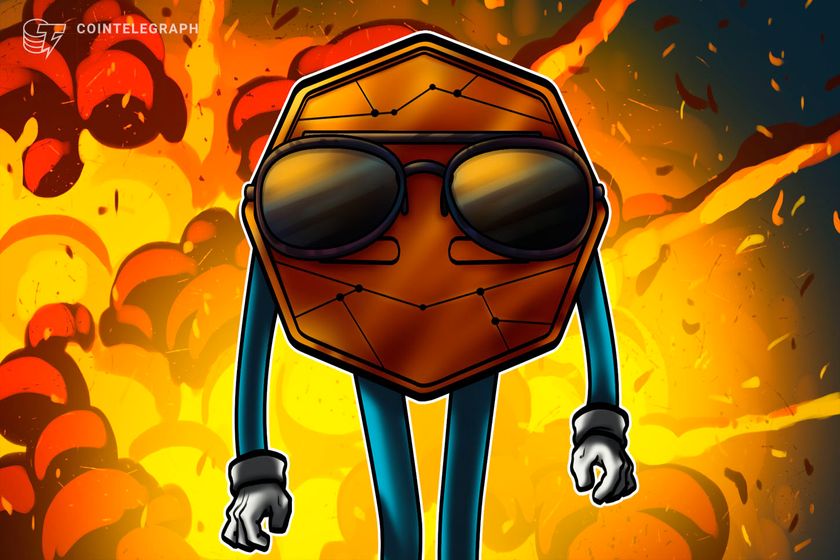
Around 12,440-12,550 years ago, hunter-gatherers returned regularly to Tagua Tagua Lake in Chile to hunt ancient elephant relatives called gomphotheres and take advantage of other local resources, according to a research team led by Pontificia Universidad Católica de Chile archaeologists.
The site of Taguatagua 3 in Chile: (A) combustion feature spatially associated with gomphothere cervical vertebrae and skull fragments; (B) sacral and caudal vertebrae, vertebral discs, and unfused coxal portions; note the distance between the first sacral vertebra and its vertebral disc; (C) end scraper in situ; (D) core debitage in situ spatially associated with gomphothere remains. Image credit: Labarca et al., doi: 10.1371/journal.pone.0302465.
Multiple archaeological sites are known from the region of Tagua Tagua Lake in central Chile, representing some of the earliest known human settlements in the Americas.
In a new study, Dr. Rafael Labarca from Pontificia Universidad Católica de Chile and his colleagues discovered an ancient hunter-gatherer camp dating to the Late Pleistocene, between 12,440-12,550 years old.
Named Taguatagua 3, this site features the fossil remains of a gomphothere, an extinct relative of elephants.
Signs of butchery on the bones, along with stone tools and other evidence, indicate that Taguatagua 3 represents a temporary camp established around the task of processing the large carcass.
Other activities were also carried out during the camp’s brief period of use, including processing of other foods as indicated by additional charred remains of plants and small animals such as frogs and birds.
Fossil cactus seeds and bird eggshell suggest that this camp was occupied specifically during the dry season.
Numerous such sites of similar age are now known from this region, implying that Tagua Tagua Lake was a recurring hunting and scavenging ground for people during the Late Pleistocene due to abundant and predictable local resources.
This area was a key location along the routes taken by mobile communities of the time and that temporary camps might have hosted regular meetings between these mobile bands,” the archaeologists said.
Further investigation of this rich archaeological region will continue to provide insights into the mobility and subsistence strategies of early humans in South America.
“Taguatagua 3 helps us to understand better how the early humans adapted to fast changing environments in central Chile during the Late Pleistocene times,” the researchers said.
The findings appear online in the journal PLoS ONE.
_____
R. Labarca et al. 2024. Taguatagua 3: A new Late Pleistocene settlement in a highly suitable lacustrine habitat in central Chile (34°S). PLoS ONE 19 (5): e0302465; doi: 10.1371/journal.pone.0302465














